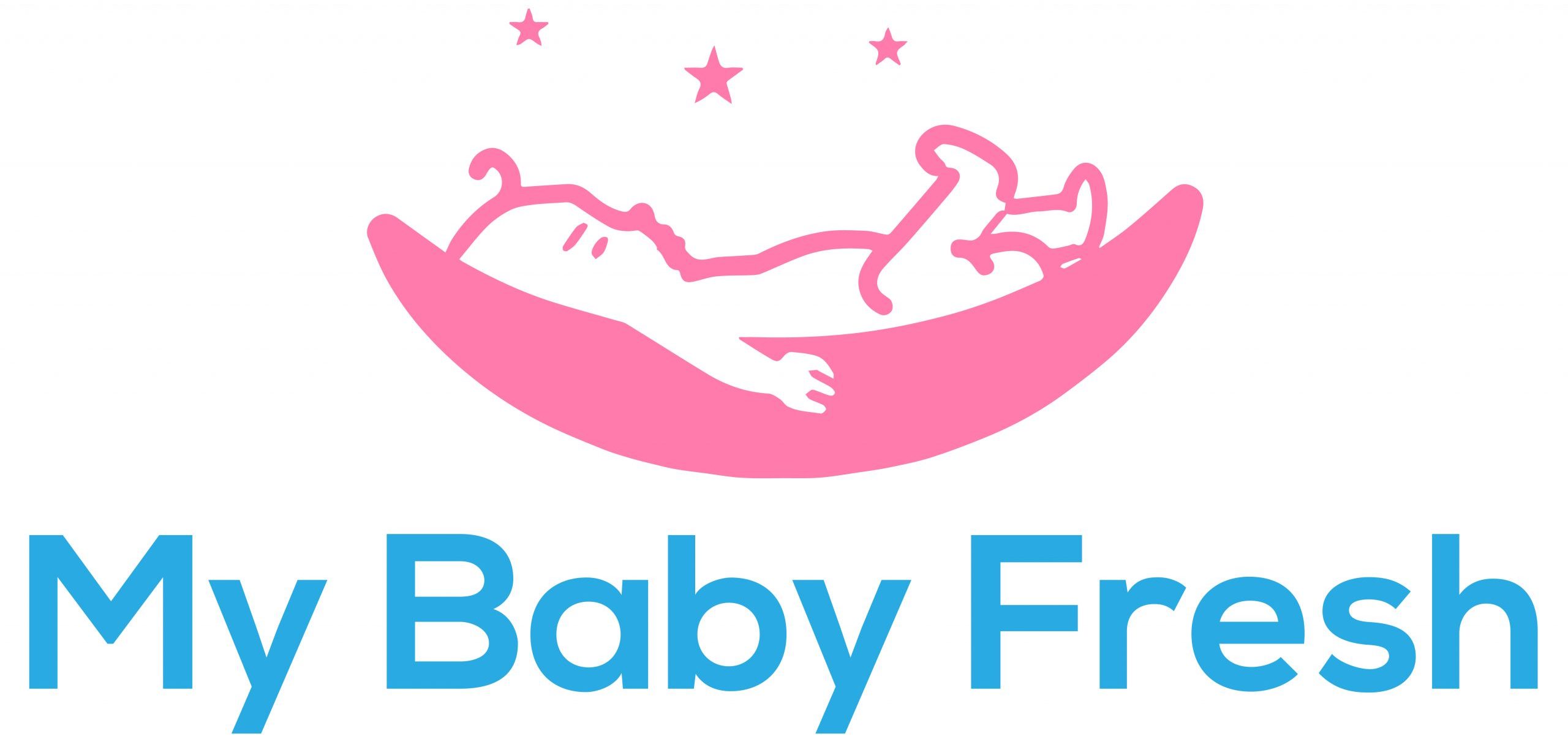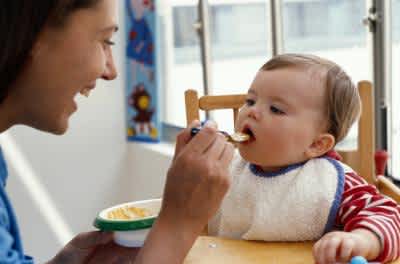A homemade baby rice cereal is one of the best first food for kids because of the high protein content and low fat content. B – rich in protein, iron – packed, easily digested, high in fiber, low in sugar, and high on protein – it’s definitely the perfect first food for babies.
Rice cereal is often touted as a healthy first food, as it gives babies all the nutrients they need, such as protein, fiber, vitamins, calcium, and iron. Instead of relying solely on rice cereal, offering a number of iron – rich food will help ensure the infants will also get enough of such essential nutrients while reducing the inorganic arsenic exposure.
You should also remember that home-made rice cereals do not contain the same amount of iron as store – bought fortified infant cereals would do so. Most of the infant rice cereal is fortified in iron and other nutrients, but your pediatrician has confirmed the it’s not. If your baby forgets enough iron of other food sources, you may have to look into plain rice cereals without fortification if you are unable to get it. If you do choose to use a store – bought variety, speak to your pediatrician about if your baby needs supplemental iron. While parents often opt to feed rice cereal to their babies because it is iron – fortified, it is essential to understand how there are other foods which your baby to eat to get enough iron.
Your kid needs good nutrition, and all you need to keep feeding the cereal is to get them or your kid can forget the right nutrients without the addition of the baby cereal. Let me give you a more reason not to feed your kid baby rice cereal : the arsenic in the thing could be enough on its own. But you can feed your baby rice cereal to minimize arsenic exposure, and it has its advantages, as it is gluten – free and easy to digest. When feeding your baby rice cereal, follow the following guidelines : Do not feed rice cereals twice a day, and do not make it the only food in your meal.
Babies do not consume huge amounts of food for the first few months, and babies do not eat a lot of food at all. When is the time to introduce the solids, when your baby expresses interest in feeding the solids, but do you opt for the convenience? You may even want to skip the rice puree phase and start purees right away – once your baby gets used to it, they will quickly start offering fruit and vegetable purees.
Recipes using baby rice cereal
But once your child is at least six months old and is used to eating cereals with a spoon, you can mix them with pureed fruit for a more natural, nutritious meal. Adding some of your baby’s favorite vegetables and fruit purees to the rice cereal can make him rice cereals sooner.
If you’re feeling adventurous, try oatmeal or quinoa flakes instead of rice cereals, mainly because it’s much more nutritious. Try whole grains cereal for your baby, like oatmeal, barley, or brown rice cereal, which is also fortified with iron. The AAP says rice cereal will not provide any nutritional benefits over other grains, but iron – fortified baby cereals crafted with non – rice entire grains do.
If you really would like to feed your baby boxed rice cereal, you may opt for one made of brown rice, like the one of the Food and Drug Administration. You can store dry brown rice cereal in a jar in the fridge and make it in your kitchen for up to 3 days before feeding, or in an empty jar for a few days.
Homemade multigrain baby cereal
A you can introduce the dry brown rice cereal, as well as other foods like fruit, vegetables and fruits, before you introduce rice cereals.
By the time the baby is ready to start a solid or has gotten really good at eating solids, she needs different foods to fill her out, fill up and nourish her. One way to make eating solids easy for the first time is to give your baby some breast milk or formula first and then switch to very small half-tablespoons. After a few days, you can finish off another breast milk formula with a tablespoon or two of rice cereals. Once your baby is ready to try solid rice cereal, he or she will usually eat about 1/2 cup of rice per day, or about 2 cups per week. You’ll only need a tablespoon of rice cereal to start, but mix formula or breast milk mixed in with it for a little more than a minute or two, until it’s thick and creamy.
If your baby is adapting to the mushy texture of their cereal, make them thicker by adding less liquid, like breast milk or formula. At first, your baby won’t eat enough to affect his or her breast – fed bottle feeding, but gradually decrease the number of milk feedings until your babies get more and more of the calories from solids. As your baby gets older, you can also increase the number of tablespoons of rice cereals you serve, but not the amount of milk food.
How to make brown rice powder for baby
In infant oatmeal cereal ( followed by barley / wheat cereal ) offers a single ingredient fruit and vegetables to go with it, as well as a solid starting solid. You have to cook the rice, oatmeal and barley powder prior to serving, so if you do your own cereal(s ), take the entire grains and grind them into a powder. One of the best ways to cook your homemade cereal for your baby is to first make the powder and keep it ready first.
Four months is the minimum time your baby’s digestive system needs to be able to handle solid foods. If not, give your baby rice cereals or other solid foods until then and then only a few weeks. Your baby shouldn’t have anything other than milk at this point, but you can introduce baby rice as soon as you feel they are ready for solid food. It is worth noting for the AAP does not recommend breast milk or formula until their baby’s first birthday, though he can be ready for solids as early as 4 months.

